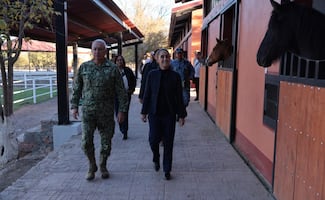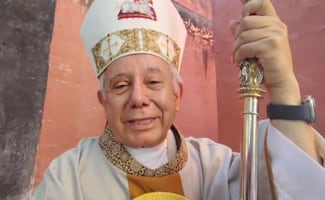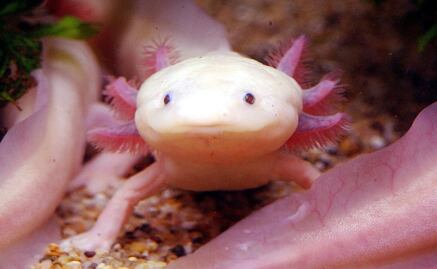Más Información

Padres y normalistas de Ayotzinapa marchan en Chilpancingo; acusan impunidad por asesinatos y la desaparición de los 43

Sheinbaum reconoce labor de las Fuerzas Armadas; hombres y mujeres que entregan su esfuerzo y su vida por amor al pueblo, destaca

Trump minimiza nuevas fotos con el pederasta Epstein publicadas por el Congreso; "no son gran cosa", dice

Recuperado, Ealy Ortiz retoma su liderazgo en EL UNIVERSAL; encabeza comida de fin de año de la empresa

Localizan a Yareth Alexandra, joven de 17 años privada de la libertad en Tecámac; la tenían escondida en una bocina
An international group of scientists among which are researchers of the Center for Research and Advanced Studies (CINESTAV) has managed to sequence, for the first time, the genome (DNA) of the axolotl . Experts discovered that this animal, which can only be found in the Valley of Mexico , has a genome 10 times the size of the human being.
The axolotl has the capacity of regenerating its bones, muscles, and nerves from any region of its body that has been amputated. It can even repair its own spinal cord and the tissue of its retina – an ability no other animal possesses to such an extent.
Researchers noticed that after losing a limb, a blood clot quickly stops the bleeding at the site of the injury. Then, a layer of cells covers the injury and this cells mass grows and divides to form a structure known as blastema .
It's believed that blastema cells are the bones, cartilage, and muscles that transform into something similar to stem cells .
This research, published in the Nature magazine, could become the key to tissue regeneration and could translate into medical advances applicable to humans.
am
Noticias según tus intereses
[Publicidad]
[Publicidad]










